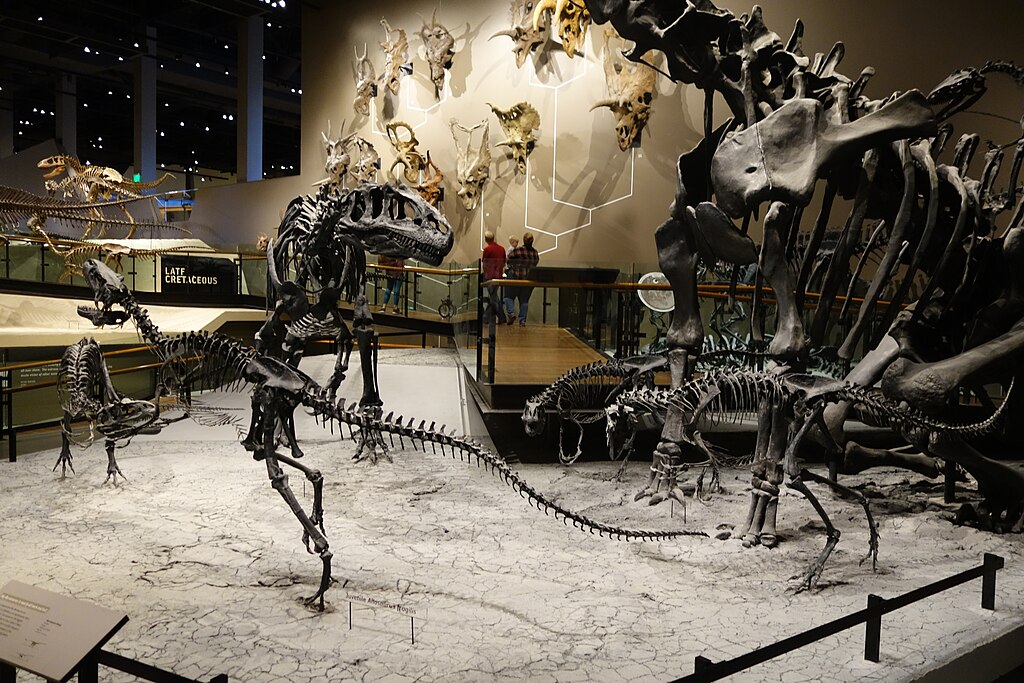Among the many extraordinary adaptations that emerged during the dinosaur era, few capture the imagination quite like the possibility of gliding dinosaurs. Recent paleontological discoveries have sparked intense scientific debate about whether certain dinosaur species may have developed membrane-like structures that allowed them to glide between trees, similar to modern flying squirrels. This fascinating evolutionary adaptation would represent a significant step in understanding the diversity of locomotion strategies in dinosaurs and possibly shed light on the evolution of flight itself. As researchers continue to unearth new fossils and apply advanced analytical techniques, the question becomes increasingly compelling: did certain dinosaurs truly develop the ability to glide through prehistoric forests?
The Remarkable Yi qi Discovery

In 2015, paleontologists in China made a groundbreaking discovery when they unearthed the fossil remains of a small dinosaur named Yi qi (pronounced “ee chee”), meaning “strange wing” in Mandarin. This crow-sized creature, dating back approximately 160 million years to the Late Jurassic period, possessed an unusual anatomical feature that immediately caught scientists’ attention: an extremely elongated finger bone. This rod-like digit appeared to support a membrane-like structure that extended from the body, reminiscent of the wing structure seen in modern bats and flying squirrels. The discovery of Yi qi represented the first evidence of membrane-based aerial adaptations in dinosaurs outside the direct evolutionary line leading to birds, opening up new possibilities for understanding dinosaur locomotion.
Ambopteryx: Reinforcing the Membrane-Wing Hypothesis

The Yi qi discovery wasn’t an isolated case. In 2019, another remarkable fossil named Ambopteryx longibrachium was discovered, also in China. Like Yi qi, this small dinosaur possessed elongated forelimb bones that appeared to support membranous wings. Both creatures belonged to a group called scansoriopterygids, small tree-dwelling dinosaurs with features adapted for an arboreal lifestyle. The discovery of Ambopteryx provided crucial corroborating evidence that membrane-like wings had indeed evolved among certain dinosaur lineages. With two distinct examples of this unusual adaptation, scientists could begin to analyze whether these structures truly enabled gliding behavior similar to that observed in modern flying squirrels, sugar gliders, and colugos.
Anatomy of Potential Gliding Structures

The anatomical evidence for gliding capabilities in these dinosaurs centers around several key features. First, both Yi qi and Ambopteryx possessed a unique bone called the styliform element, which extended from the wrist and appears to have supported a membranous wing structure. This bone has no direct equivalent in modern birds or other dinosaurs. Second, impressions preserved around the fossils suggest the presence of a membrane-like structure that stretched between the elongated digit, the body, and possibly the hind limbs. Third, these dinosaurs had proportionally long arms and finger bones, consistent with adaptations seen in modern gliding mammals. Together, these features create a compelling case for some form of aerial capability, although the exact nature and efficiency of this locomotion remain subjects of scientific debate.
Comparing to Modern Gliding Animals
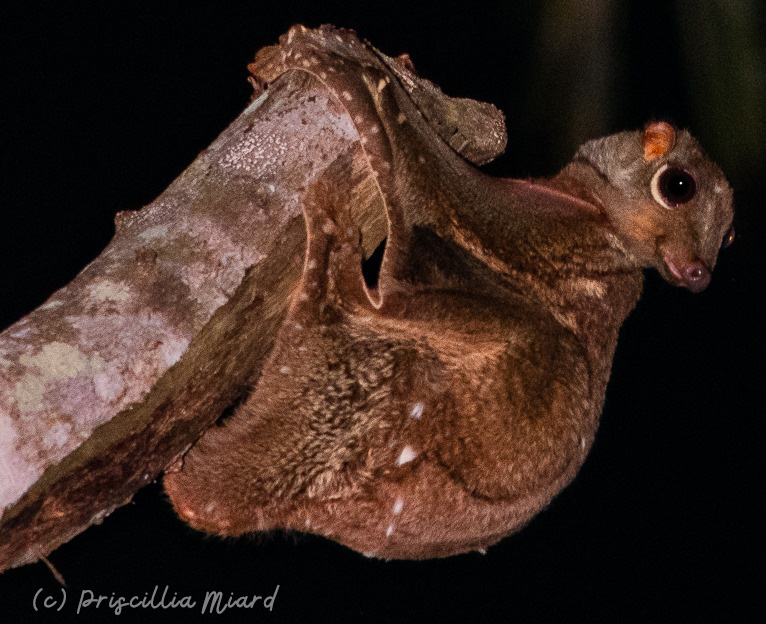
To understand how these dinosaurs might have moved through the air, scientists have drawn comparisons to modern gliding animals. Flying squirrels, for instance, have a membrane called a patagium that stretches between their front and back limbs, allowing them to glide considerable distances between trees. Similarly, colugos (sometimes called flying lemurs, though they aren’t true lemurs) possess even more extensive membranes that enable highly efficient gliding. The anatomical structures seen in Yi qi and Ambopteryx differ significantly from these modern examples, most notably in their reliance on the elongated digit to support the membrane rather than stretching it between limbs. This unique configuration raises important questions about how effectively these dinosaurs could have controlled their glides and suggests they may have employed a gliding technique unlike any seen in modern animals.
The Biomechanics of Dinosaur Gliding
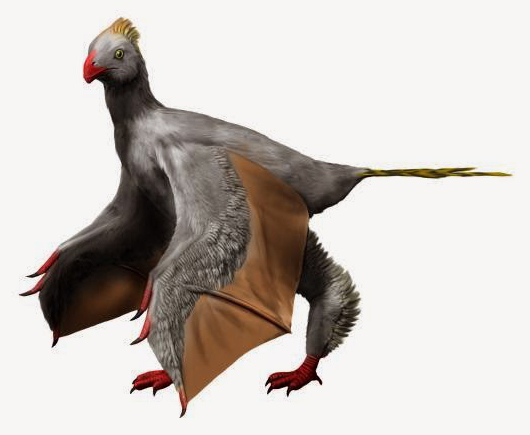
Understanding whether these dinosaurs could truly glide requires detailed biomechanical analysis. Recent studies have attempted to model the aerodynamic properties of Yi qi and Ambopteryx based on their fossilized remains. One 2020 study published in iScience used sophisticated computer modeling to simulate the gliding capabilities of these animals. The results suggested that while they might have been capable of some form of aerial movement, they were likely not very efficient gliders. Their wing structures may have been better suited for parachuting—slowing a descent—rather than true directed gliding. The researchers concluded that these dinosaurs may represent an evolutionary “experiment” in aerial locomotion that ultimately did not lead to the efficient flight seen in birds, which evolved through a different pathway involving feathered wings rather than membranes.
Ecological Context: Life in the Trees

The potential gliding adaptations of Yi qi and Ambopteryx make more sense when considered within their ecological context. Both dinosaurs lived in densely forested environments during the Jurassic period, where the ability to move between trees without descending to the ground would have provided significant advantages. These forests were populated by numerous predators, making ground travel potentially dangerous for small dinosaurs. Additionally, gliding or parachuting abilities would have allowed these dinosaurs to access food sources spread across different trees more efficiently. Their small size—comparable to modern birds or squirrels—further supports the hypothesis that they were adapted for life in the canopy, where being lightweight is advantageous for moving through branches and potentially for aerial locomotion.
The Evolutionary Significance

The possible gliding adaptations seen in Yi qi and Ambopteryx represent a fascinating case of convergent evolution—where similar traits evolve independently in different lineages due to similar ecological pressures. Membrane-based aerial locomotion has evolved separately multiple times in vertebrates, including in pterosaurs, bats, and several groups of gliding mammals. If confirmed, these dinosaurs would represent yet another independent evolution of this adaptation. This speaks to the powerful selective advantages that even limited aerial capabilities can provide. Furthermore, these dinosaurs lived during a critical period in the evolution of flight, providing a glimpse into the diversity of adaptations that existed as different lineages explored aerial niches in different ways.
Challenges in Determining True Gliding Ability
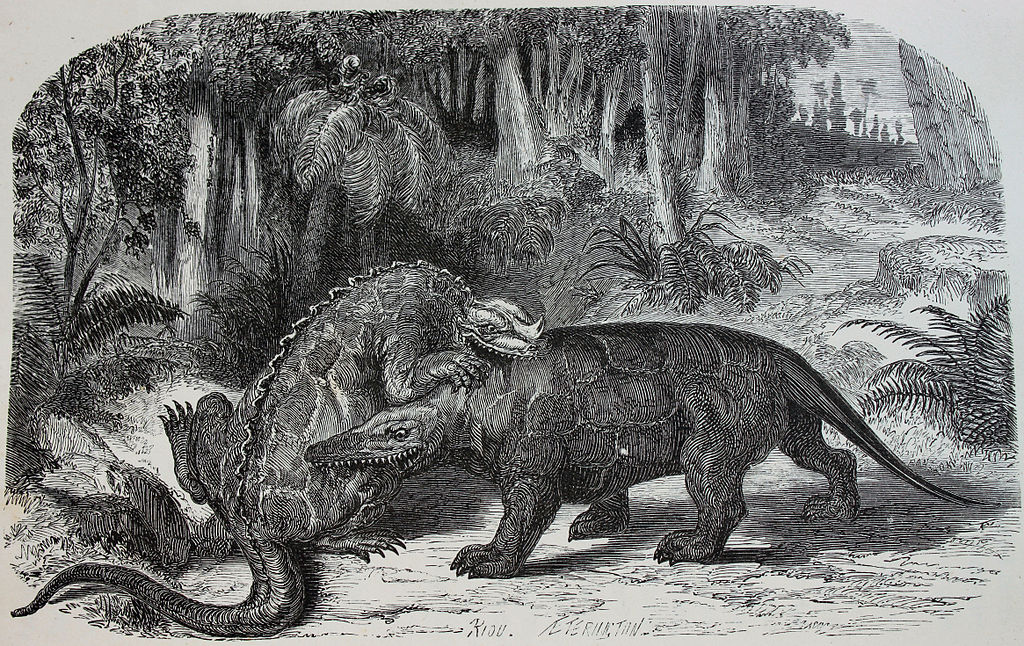
Despite the compelling anatomical evidence, determining whether these dinosaurs truly glided faces several significant challenges. First, fossilization rarely preserves soft tissues well, meaning paleontologists must often infer the presence and exact structure of membranes from subtle impressions or comparative anatomy. Second, without observing the living animals, it’s difficult to know how they actually used their unusual anatomical features—structures that look adapted for gliding might have served other purposes entirely. Third, these dinosaurs’ body proportions differ markedly from modern gliding animals, making direct comparisons problematic. Finally, only a few specimens of these unusual dinosaurs have been discovered so far, limiting the dataset available for analysis and making it difficult to account for potential variation within species.
Alternative Hypotheses
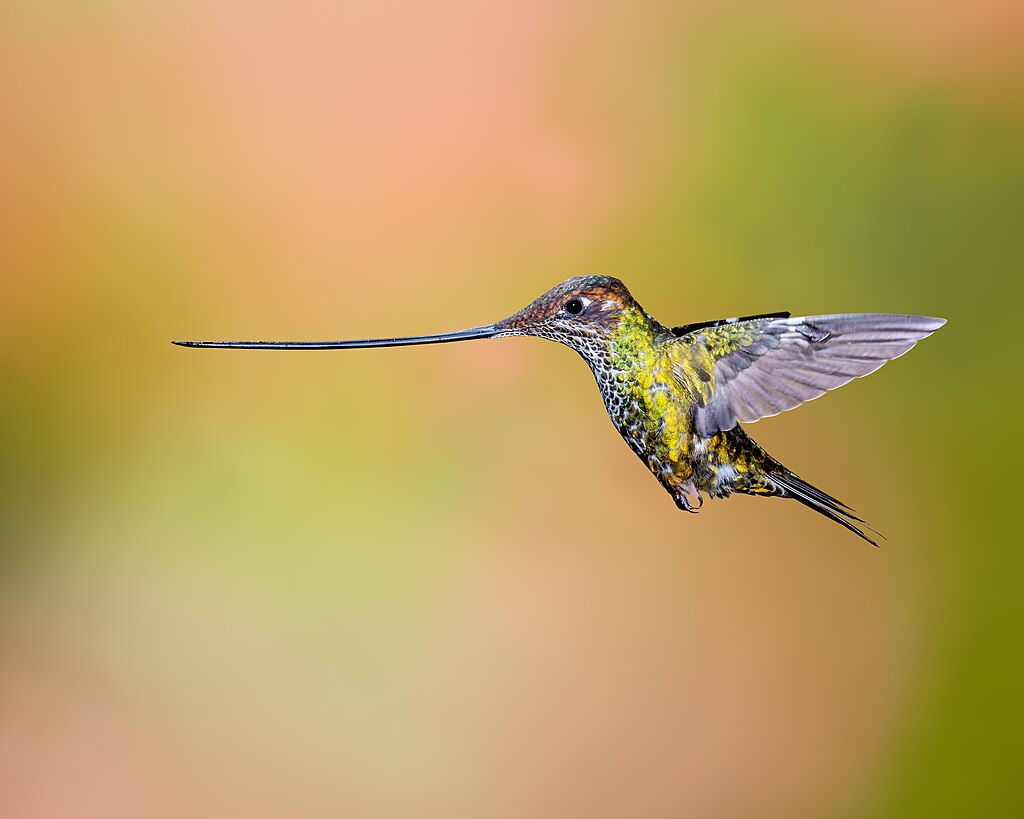
While gliding represents the most widely discussed explanation for the unusual anatomy of Yi qi and Ambopteryx, scientists have proposed alternative hypotheses. Some researchers have suggested that the membrane structures might have been used primarily for display rather than locomotion, similar to how modern birds use colorful plumage to attract mates. Others have proposed that the membranes might have aided in hunting by helping to trap insects or other small prey. Another possibility is that the membranes served a thermoregulatory function, helping the dinosaurs to control their body temperature by increasing or decreasing the surface area exposed to the sun. Without more complete fossil evidence or living examples to study, all these hypotheses remain plausible explanations that scientists must continue to evaluate.
Recent Research and Technological Advances

Recent technological advances have allowed scientists to investigate these potential gliding dinosaurs with unprecedented detail. CT scanning has enabled researchers to examine the internal bone structure of fossils, revealing details about weight distribution and strength that provide clues about how these animals moved. Advanced computational modeling has made it possible to simulate the aerodynamic properties of reconstructed wing membranes under different conditions. Laser-stimulated fluorescence imaging has helped reveal soft tissue impressions that are invisible under normal light. Additionally, improved phylogenetic methods have allowed scientists to place these unusual dinosaurs more accurately within the dinosaur family tree, providing context for understanding how and why these adaptations might have evolved.
The Failed Flight Experiment Hypothesis

One compelling interpretation of the evidence is that Yi qi and Ambopteryx represent an evolutionary “experiment” in flight that ultimately did not succeed. According to this hypothesis, these dinosaurs developed membrane-based aerial adaptations independently from the feather-based flight that eventually led to modern birds. While birds’ ancestors were evolving increasingly sophisticated feathered wings, these scansoriopterygid dinosaurs were exploring a different pathway to aerial mobility using membranous structures supported by elongated digits. This membrane-wing adaptation apparently did not confer sufficient advantages to persist long-term in the fossil record, while feathered flight proved remarkably successful. This interpretation highlights an important aspect of evolution: not all adaptations lead to long-term evolutionary success, and the fossil record contains many evolutionary “dead ends” that provide valuable insights into adaptation and selection.
Implications for Understanding Dinosaur Diversity

The discovery of potentially gliding dinosaurs significantly expands our understanding of dinosaur diversity and adaptability. For decades, the popular conception of dinosaurs was largely limited to ground-dwelling giants like Tyrannosaurus and Brachiosaurus. More recent discoveries have revealed an extraordinary range of body forms and ecological niches that dinosaurs occupied, from feathered bird-like species to burrowing varieties and now possible gliders. This growing appreciation for dinosaur diversity challenges simplistic views of these animals and highlights their remarkable evolutionary success. The possible gliding adaptations of Yi qi and Ambopteryx remind us that dinosaurs explored numerous evolutionary pathways during their 165-million-year reign, adapting to virtually every terrestrial environment on Earth and developing locomotor strategies that ranged from running and swimming to climbing and potentially even gliding.
The Continuing Search for Evidence
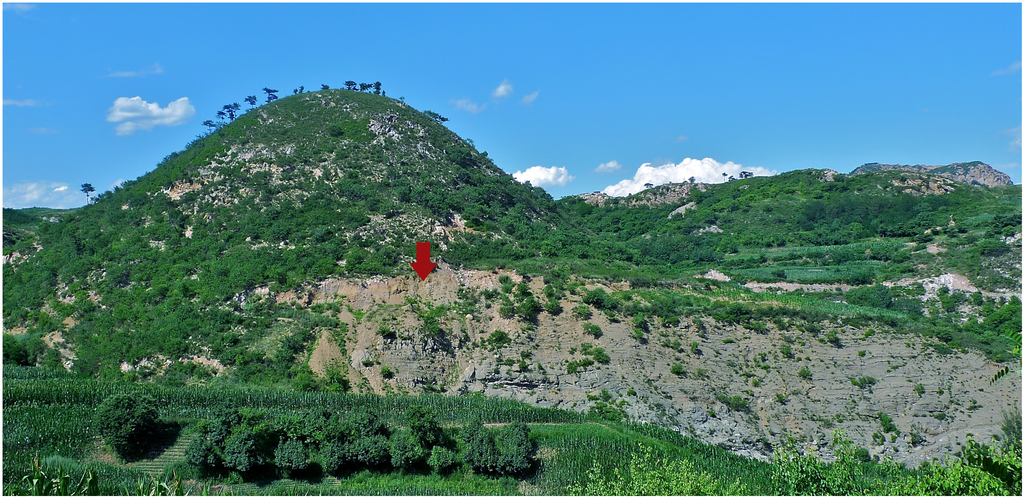
The quest to determine whether certain dinosaurs truly glided like flying squirrels continues as paleontologists search for additional fossils that might provide more definitive evidence. Areas of particular interest include the fossil-rich deposits of northeastern China, where both Yi qi and Ambopteryx were discovered. Researchers are especially hopeful of finding specimens with better-preserved soft tissue impressions that might reveal more details about the structure and extent of any wing membranes. Additionally, the discovery of more complete skeletal remains could provide crucial information about body proportions and muscle attachment points that would help clarify how these animals moved. As new specimens are discovered and existing fossils are re-examined with advanced techniques, our understanding of these fascinating dinosaurs and their potential aerial abilities will continue to evolve.
Conclusion: A Fascinating Evolutionary Question
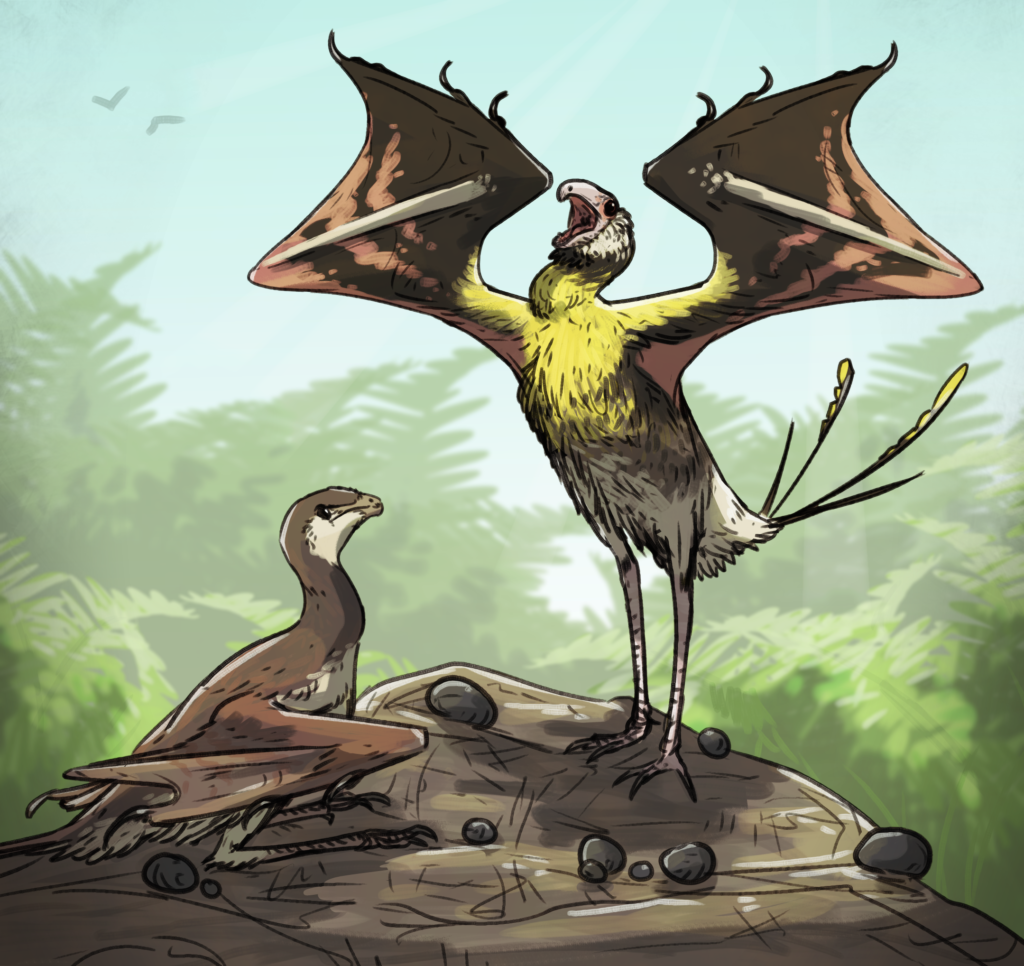
The question of whether dinosaurs like Yi qi and Ambopteryx truly glided through Jurassic forests remains one of paleontology’s most intriguing puzzles. The current evidence suggests these unusual dinosaurs possessed anatomical features consistent with some form of aerial capability, though perhaps not as efficient as modern gliding animals. Whether they genuinely glided like flying squirrels, parachuted from heights, or used their membrane structures primarily for other purposes remains subject to ongoing scientific investigation. What is certain is that these remarkable fossils have expanded our understanding of dinosaur diversity and evolutionary experimentation. They remind us that evolution often explores multiple solutions to similar challenges, and that the history of life on Earth is filled with fascinating adaptations—some that led to lasting evolutionary success and others that represent intriguing evolutionary sidepaths.


